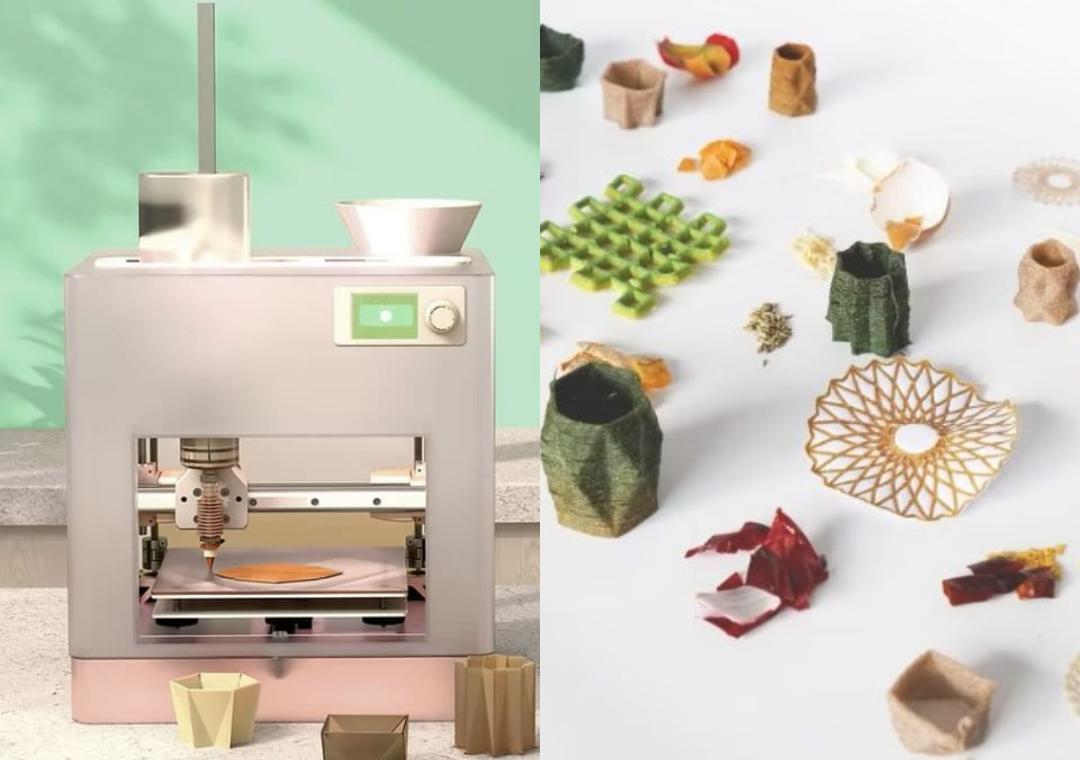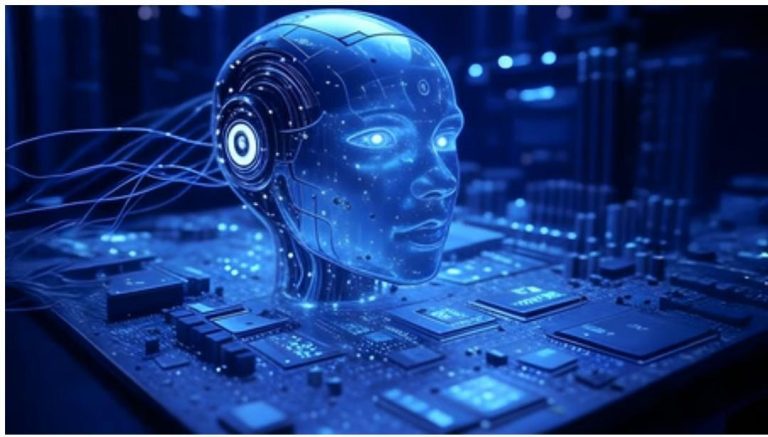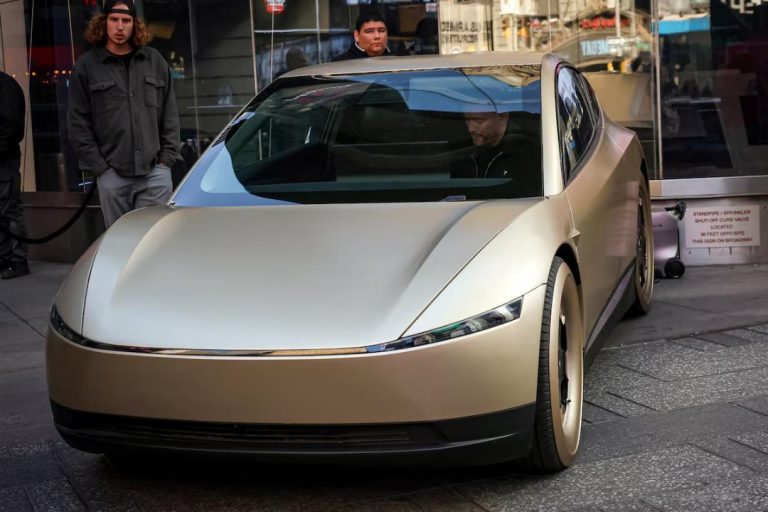
3D Printer that Can Make Coffee Mug from Banana Peels Built
In a groundbreaking innovation, researchers at the Massachusetts Institute of Technology (MIT) have developed a 3D printer that can convert household food waste into functional objects using artificial intelligence (AI). The printer, named FOODres.AI Printer, has the capability to handle waste materials such as eggshells, coffee grounds, and banana peels to print objects such as cups, coasters, and even coffee mugs.
The FOODres.AI Printer uses a three-axis heated extruder system, a type of robotic nozzle, to shape printable bioplastic paste into objects. This innovative technology has the potential to revolutionize the way we think about waste management and sustainability.
The printer works by first collecting and processing the food waste into a bioplastic paste. This paste is then fed into the 3D printer, which uses AI algorithms to design and print the desired object. The printer’s heated extruder system ensures that the bioplastic paste is melted and shaped into the desired form.
One of the most impressive features of the FOODres.AI Printer is its ability to handle a wide range of waste materials. From eggshells to coffee grounds, the printer can convert these materials into functional objects. For example, a coffee mug made from banana peels is a testament to the printer’s capabilities.
The FOODres.AI Printer has many potential applications in various industries. In the food industry, the printer could be used to create biodegradable packaging materials or even edible cutlery. In the medical field, the printer could be used to create biodegradable implantable devices or prosthetics.
The printer’s use of food waste as a raw material also has significant environmental benefits. According to the United Nations, one-third of all food produced globally is lost or wasted. This not only wastes valuable resources but also contributes to greenhouse gas emissions and climate change. By converting food waste into functional objects, the FOODres.AI Printer can help reduce the amount of waste sent to landfills and incinerators.
The FOODres.AI Printer is not the first 3D printer to use food waste as a raw material. However, its use of AI algorithms and three-axis heated extruder system sets it apart from other printers on the market. The printer’s ability to handle a wide range of waste materials and create complex objects also makes it a game-changer in the world of 3D printing.
The printer’s potential impact on society is significant. By reducing waste and creating functional objects from food waste, the printer can help reduce greenhouse gas emissions and support a more sustainable future. Additionally, the printer’s ability to create biodegradable packaging materials and edible cutlery could help reduce the amount of plastic waste in our oceans and landfills.
In conclusion, the FOODres.AI Printer is a groundbreaking innovation that has the potential to revolutionize the way we think about waste management and sustainability. Its ability to convert food waste into functional objects using AI algorithms and three-axis heated extruder system sets it apart from other printers on the market. As the printer continues to evolve and improve, it’s likely that we’ll see it being used in a wide range of industries and applications.
Source: https://www.youtube.com/watch






